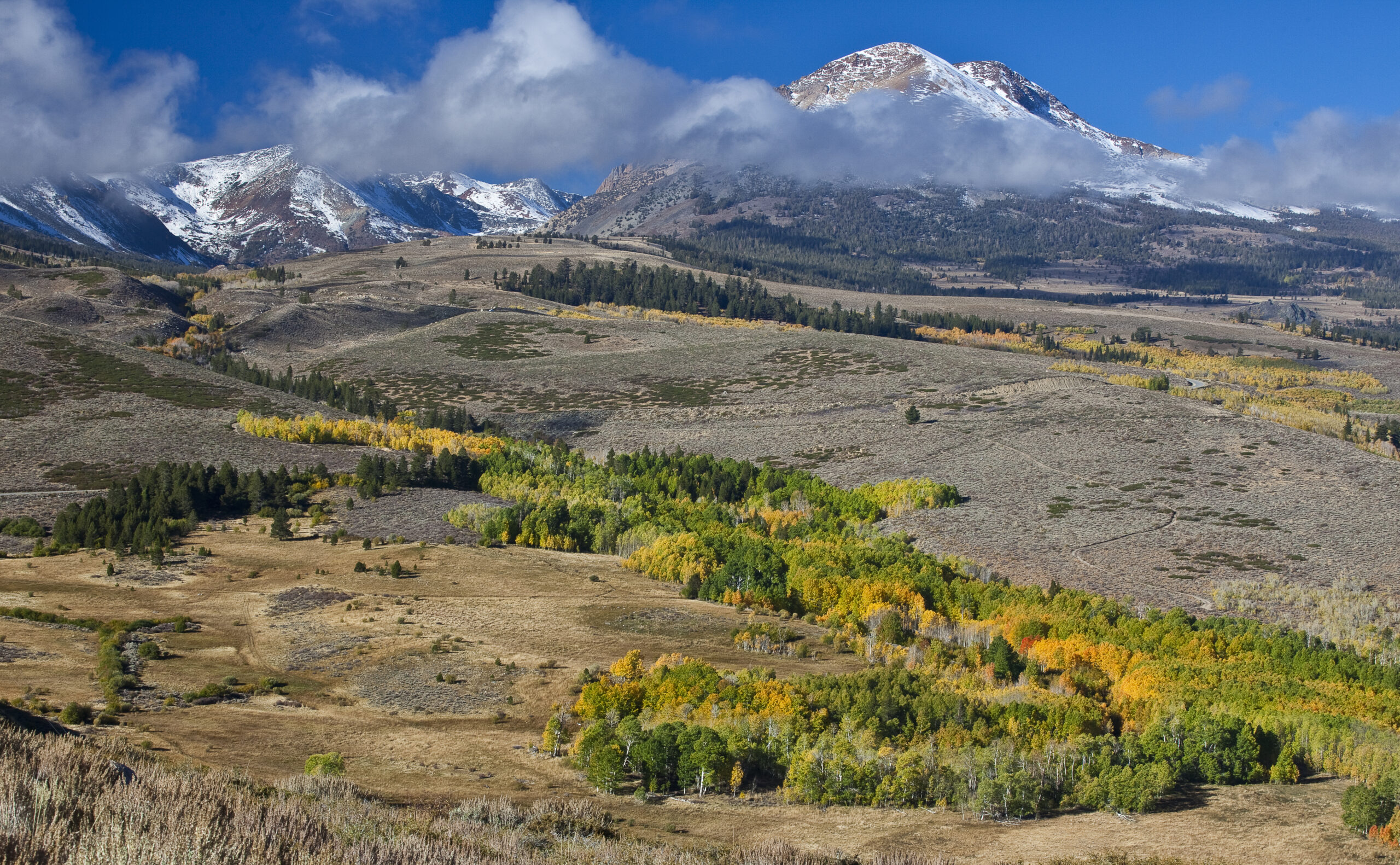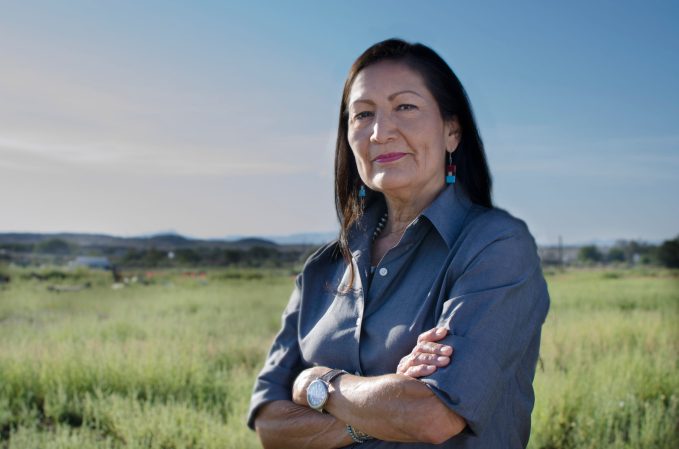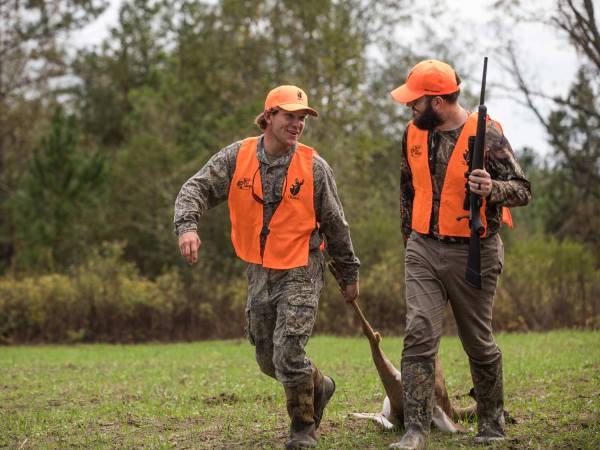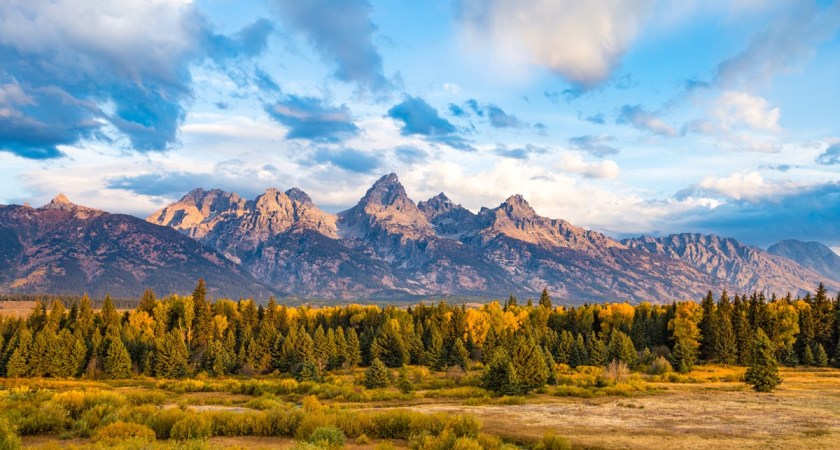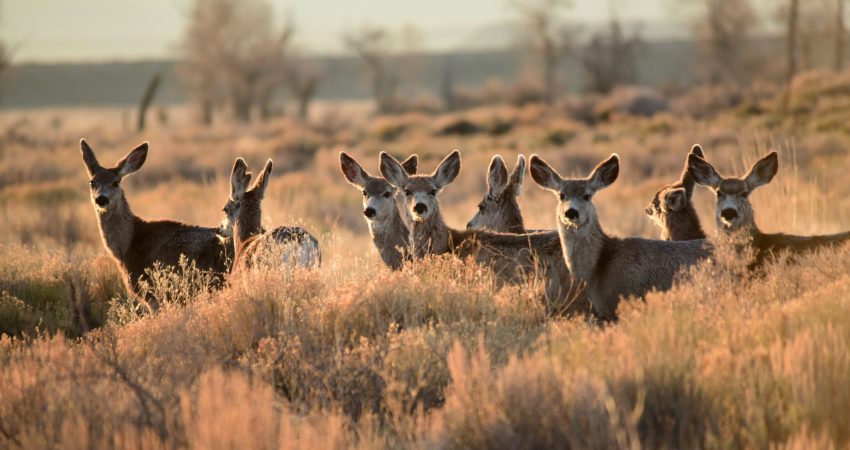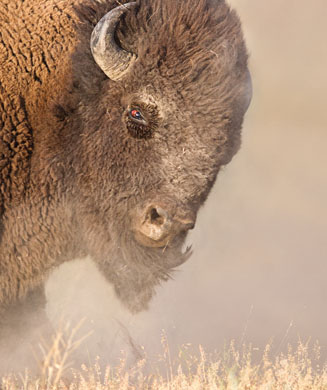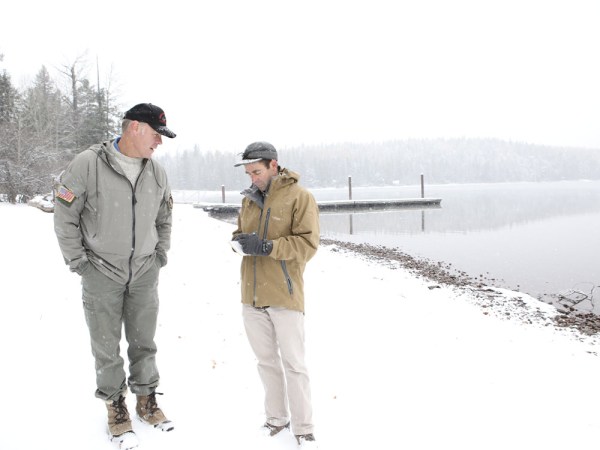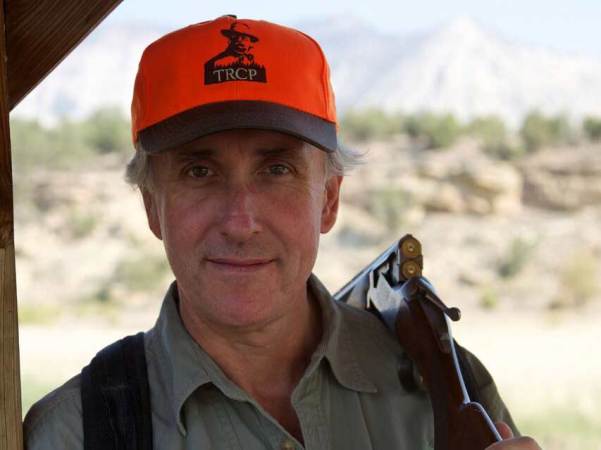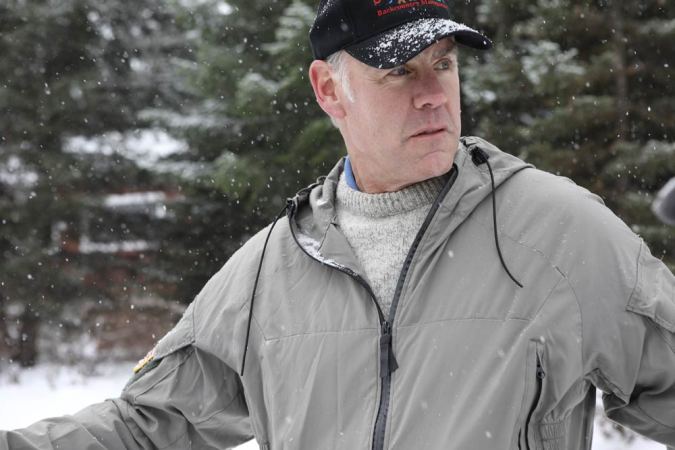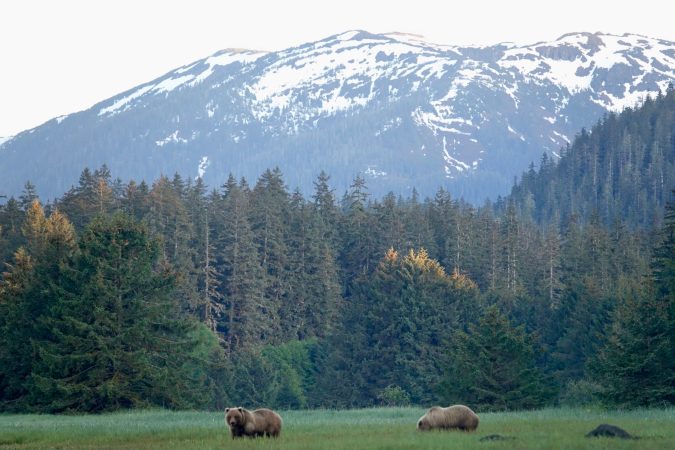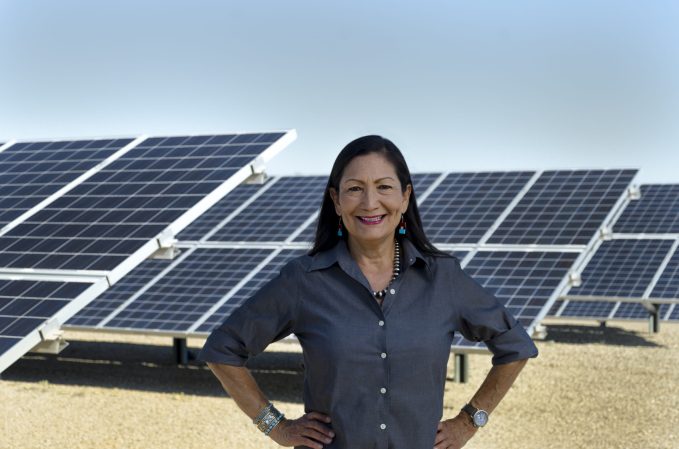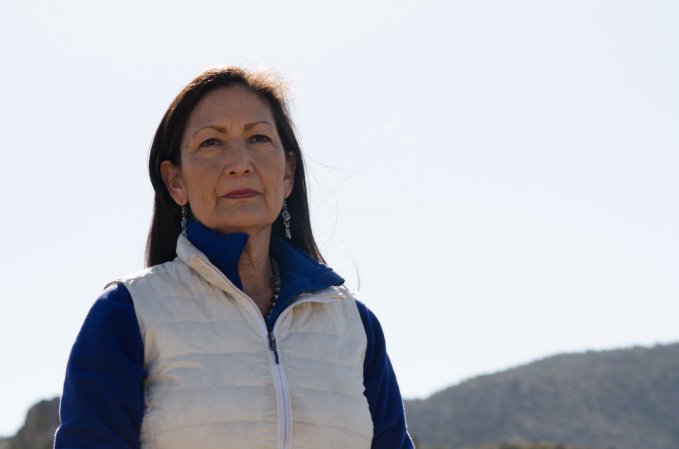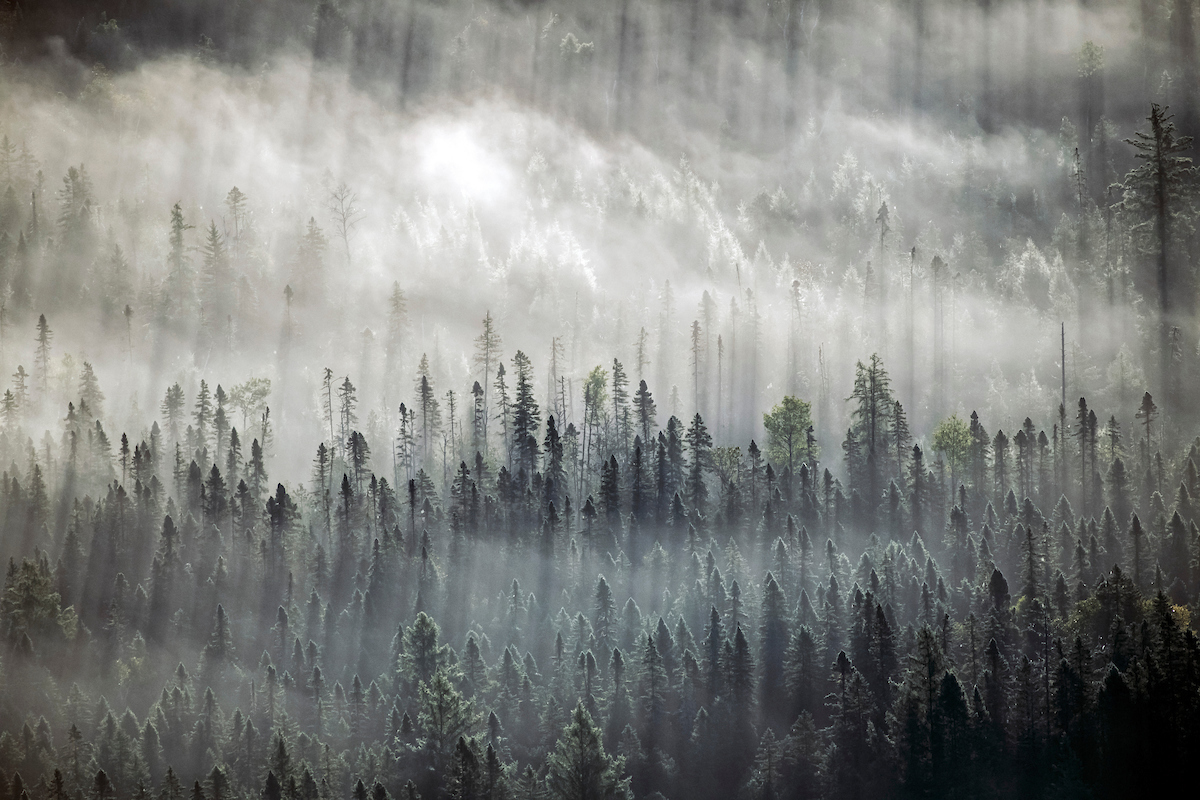
Among dozens of executive orders President Joe Biden signed his first weeks in office, the one that caught most conservation organizations’ attention was aimed at slowing climate change by conserving wildlands. While Executive Order 14008′s stop on all new oil and gas leasing on federal lands drew the most buzz, another portion, often called 30 by 30, or even 3030, is drawing the most interest from the nation’s sportsmen and women.
The order is to conserve 30 percent of the country’s land and 30 percent of its coastal waters by 2030. Right now, the USGS estimates about 12 percent of the country’s land is permanently conserved and 23 percent of its coastal waters are “strongly protected.” The goal is to conserve more wild land to reduce the effects of climate change (through carbon sequestration) and slow species loss. It coincides with a similar global effort put forth by the United Nations Convention on Biological Diversity.
Hunters and anglers have their questions. Where’s the other 18 percent going to come from? And what does “conserved” land actually mean? No one is sure just yet. But here’s what we do know so far.
The effort will be spearheaded by the nation’s Interior, Agriculture, and Commerce departments along with the Council on Environmental Quality. The Department of Interior—which manages more than 440 million acres of public land, largely in the form of National Parks, Monuments, Wildlife Refuges, and Bureau of Land Management land—is not ready to give interviews yet, according to Interior’s press secretary Tyler Cherry. A fact sheet on the Interior’s website states the goal is meant “to safeguard our health, food supplies, biodiversity, and the prosperity of every community.”
Currently the U.S. is losing about a football field of habitat every 30 seconds to development, so adding conserved land that would amass to roughly twice the size of Texas is going to be a challenge.
But public-land policy experts and conservation organizations say that if hunters, anglers, farmers, tribes, and other stakeholders have a seat at the table, the president’s order may well be one of the nation’s most important initiatives for fish and wildlife—and as a result, hunting and fishing—in more than a century.
“The greatest threat to hunting isn’t the PETAs of the world, the greatest threat to hunting is habitat loss,” says Jesse Deubel, executive director of the New Mexico Wildlife Federation. “Everything 30 by 30 is designed to do will benefit the hunting community.”
Lots of ambition, minimal detail
Ask a handful of experts at the country’s leading hunting and fishing organizations to explain 30 by 30 to you, and you’ll hear a similar framework.
“We think the goal is laudable and something we support, but it’s also a bit vague and ambiguous,” says John Gale, the conservation director of Backcountry Hunters and Anglers.
Gale first heard of the 30 by 30 concept from former secretary of Interior Bruce Babbitt and retired New Mexico Senator Tom Udall. The two had been championing the effort, with Udall introducing a bill in the Senate in 2019 to establish the goal. Scientists generally believe that conserving 30 percent of the world’s land and water will protect about 75 percent of the Earth’s species. Protect 50 percent of the world’s land and water and we’ll save about 85 percent of Earth’s species, estimates famed Harvard ecologist E.O. Wilson.
“We think the new initiative has merit. We think it could be beneficial to farms and ranchers and upland bird populations,” says Bethany Erb, government affairs representative with Pheasants Forever and Quail Forever. “There’s a lot to the 30 by 30 Executive Order, and some is in our wheelhouse especially when it comes to grasslands.”
“What does this mean in the context of what we’ve already done? From the hunting and fishing perspective, as part of the original conservationists, we’ve been doing things for biodiversity and conservation for a long time… We have a role to play in this conversation,” said Chris Horton, senior director of Midwestern states and fisheries policy for the Congressional Sportsman Foundation.
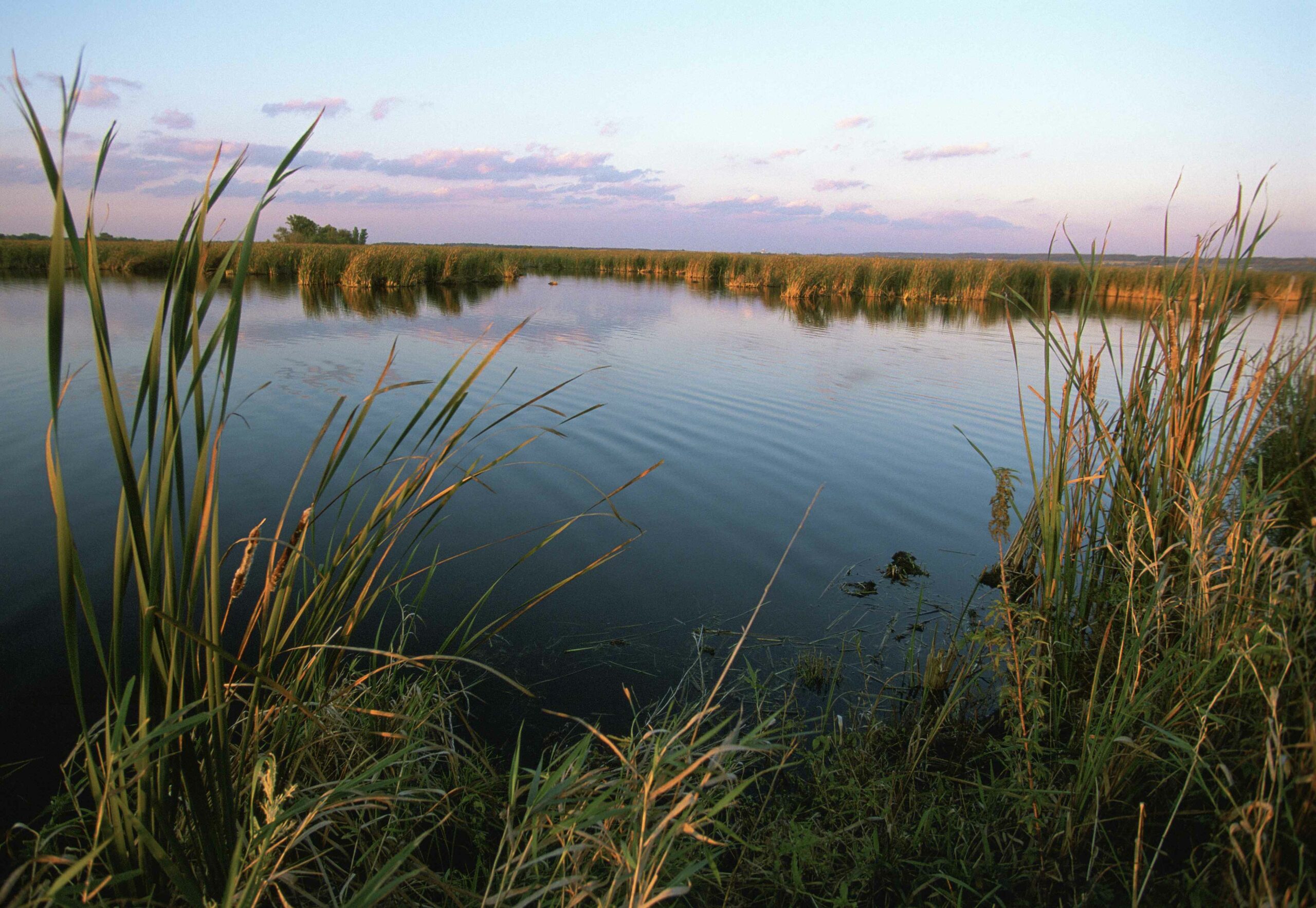
How to conserve 30 percent of the nation’s land
To figure out how to get to 30 percent land conservation, groups say we have to first decide how we determined that 12 percent is already conserved.
The USGS came up with that number, but even the Biden administration acknowledges it needs to better understand what qualifies as “conserved.”
“Over the coming months, Interior will evaluate how to best measure and assess the country’s progress toward the 30 by 30 goal, to properly account for the many innovative and effective ways that communities are conserving their lands and waters for current and future generations,” the department’s fact sheet reads.
One of the quickest paths to bumping up the number of acres conserved would be to simply create new national parks, monuments, and wilderness areas or add to the existing acres, says Deubel. But while setting aside wide-open acres in the West might be possible, it’s not going to solve the biodiversity conservation issue. Many chunks the federal land in the West, for example, also don’t qualify because they have active fossil fuel extraction.
Much of the nation’s biodiversity, including about two-thirds of federally protected species and more than half the nation’s forests, are on private lands, says Berkeley environmental science professor Arthur Middleton, who recently co-authored an op-ed in the New York Times about 30 by 30.
“When Europeans and their descendants settled North America, they favored places that were rich and productive for timber and agriculture and other purposes,” Middleton said. “And those places also tend to be where wildlife live and biodiversity occurs and where there’s forests that we now know are important in storing carbon.”
That’s why many sportsmen and women’s groups first point to existing initiatives like the Conservation Reserve Program as a way to conserve biodiversity by providing incentives to private landowners.
CRP pays landowners to leave their land in a natural state. It was authorized to include 27 million acres in the most recent Farm Bill, but currently only has 21.9 million acres enrolled, says Erb. Pheasants Forever and Quail Forever want to see full enrollment, and the minimum bumped up even more, to 50 million acres.
“It’s a proven program,” she says. “It is a good tool for climate policy. And if administered properly, it’s an attractive tool for rural America.”
The North American Wetlands Conservation Act has similarly helped enhance and protect wetlands. Groups like Pheasants Forever are calling for another program—the North American Grasslands Conservation Act—that would be used to protect grasslands critical for everything from monarch butterflies to pheasants to mule deer. The Land and Water Conservation Fund is also an easy route to help conservation, especially with its permanent reauthorization with full funding, says Erb.
Easements permanently protect land, but Zach Bodhane of the Western Landowners Alliance, says permanent easements take years or even decades to complete and come with a hefty price tag. The feds should consider 15- or 20-year leases on private lands as part of their goal.
Shorter-term leases are relatively easy to enact and create “a pathway to stewardship” that could end in possible permanent easements. Ultimately, he says, leases offer flexibility at a time when all conservation cards should be on the table.
National monuments, wildlife refuges, and wilderness areas are also likely an option, says Deubel, of the NM Wildlife Federation.
Federal officials should begin with each State Wildlife Action Plan, argues Horton of the Congressional Sportsman’s Foundation. The action plans were created to catalogue largely non-game species, offering the first look at where biodiversity is in the state and what areas could be targeted for protection to keep species off the endangered list. The Recovering America’s Wildlife Act proposes pumping $1.4 billion into states, territories, and tribal lands to help in that .
“If you have a species of fish, and it’s in trouble, and you have to do habitat restoration work in a river system, it can’t be a 100-yard stretch,” Horton says. “You have to benefit the whole length, and when you benefit one species you benefit them all.”
Private land restoration can also be done on a landscape scale, Middleton said. America’s Longleaf Pine Initiative has helped restore 4.7 million acres of longleaf pine ecosystem. The Department of Agriculture has similarly secured easements on hundreds of thousands of acres of private land in the West for sage grouse and other species. Each of those efforts highlight the need for cooperation from the ground up along with landowners.
Conserving migration routes identified using state-of-the-art GPS collar technology and mapping would also add to critical land conservation, Gale said.
“The number one reason we’re losing participation is because there’s a loss of access,” Deubel says. “Every fraction of an increase means an increase in the ability to pursue the tradition of hunting and trapping and fishing and enjoying America’s wildlife.”
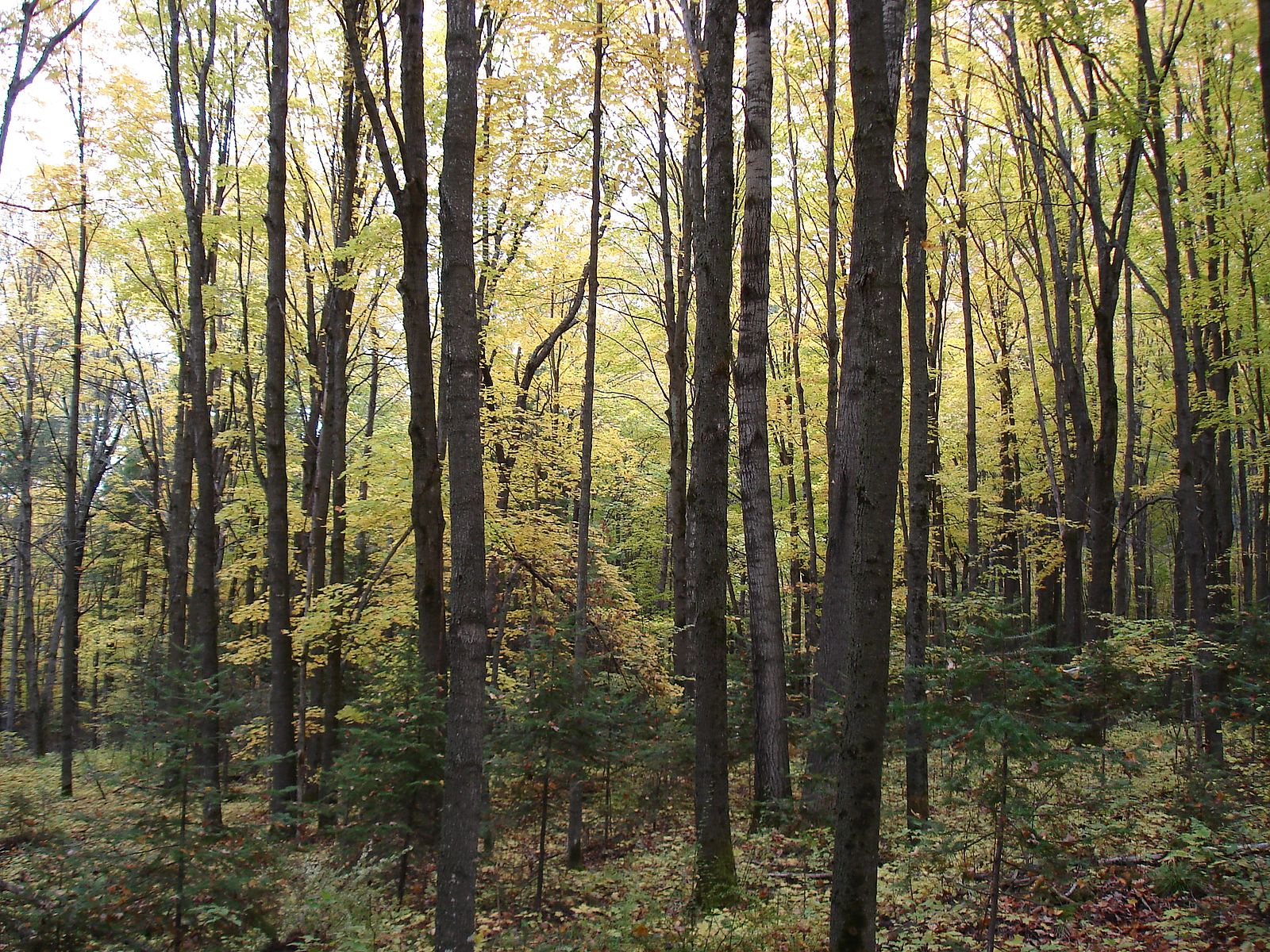
Why should hunters care?
The simplest answer? This could all lead to better hunting and fishing. More land and biodiversity conserved means healthier fish and wildlife populations, whether through wetlands set into a trust, a new national monument with access, or farmlands cultivated with precision agriculture to determine the best land for planting and the best land for wild creatures.
The country has lost almost three quarters of its tallgrass prairie and 40 percent of its grassland bird populations since 1966. Bobwhite quail, to name one species, has declined by nearly 85 percent, according to an op-ed in The Hill that was signed by five national conservation groups, including Pheasants Forever, the National Wild Turkey Federation, and the Theodore Roosevelt Conservation Partnership.
Healthier grasslands mean sportsmen and women will have access to more robust bird populations. Possibly even more importantly, grasslands act as a natural capture system for carbon, says Erb, helping slow the progression of climate change that threatens nearly all our fish and wildlife.
“Whether you’re a hunter or angler or bird watcher or hiker. It will benefit us all. That’s one of the reasons for the hunting and fishing community to come together,” says Horton. “We brought white-tailed deer from virtual extinction and turkeys and elk in ranges in the East… It’s something that is a good idea if it’s implemented well, and we maintain that ability to use those resources and connect with them.”
Can 30 by 30 succeed in a partisan world?
Conservation, hunting, fishing, and agriculture groups say that the plan could succeed, as long as everyone involved actually has a seat at the table.
And anyone championing a national 30 by 30 effort need look no further than California’s failed Assembly Bill 3030.
The non-binding resolution proposed last year called for the same 30 by 30 concept. In a state like California, generally known for its support of environmental regulations, it sounded like an easy pass. But the bill never made it through because, sportsmen’s groups say, it didn’t include hunters, anglers, boaters, and other stakeholders in the discussions. California Gov. Gavin Newsom then resurrected the concept in an executive order, with more inclusive language.
That’s why, in part, more than 40 sportsmen and women’s groups signed onto an effort called Hunt Fish 30×30, which is accompanied by a slick website and clear goals. The groups want to be sure they are part of the effort, and that their concerns aren’t ignored.
The same goes for sovereign tribal governments, says Jason Baldes, a member of the Eastern Shoshone Tribe, a dedicated hunter and a trustee for the Conservation Land Trust. Any plan like this must include tribal voices: both because of the relatively large pieces of land controlled by tribes, and because the nation’s indigenous people were the first stewards of the land.
“Many of the conservation efforts of restoring wetlands and grasslands and reviving threatened wildlife populations and mitigating climate change are all aligned,” Baldes says. “And it’s pretty important that not only Native American communities but people of color and other vulnerable people are included in that.”
It also can’t be done without full cooperation from rural America, experts point out.
“Conservation as a bipartisan effort has momentum,” says Erb, citing the passage of America’s Conservation Enhancement Act and the Great American Outdoors Act.
Most hunting and fishing groups say the language in the executive order makes them cautiously optimistic. It reads that agencies shall “solicit input from State, local, Tribal, and territorial officials, agricultural and forest landowners, fishermen, and other key stakeholders in identifying strategies that will encourage broad participation in the goal of conserving 30 percent of our lands and waters by 2030.”
“From the greenest environmental group to the most camo sportsman’s group, people would agree the condition of habitat in this country has been degraded significantly in the past half century,” says Collin O’Mara, CEO of the National Wildlife Federation. “There’s a huge unifying force between restoration and healthy wildlife and fisheries. It’s about keeping that as a North Star.”

